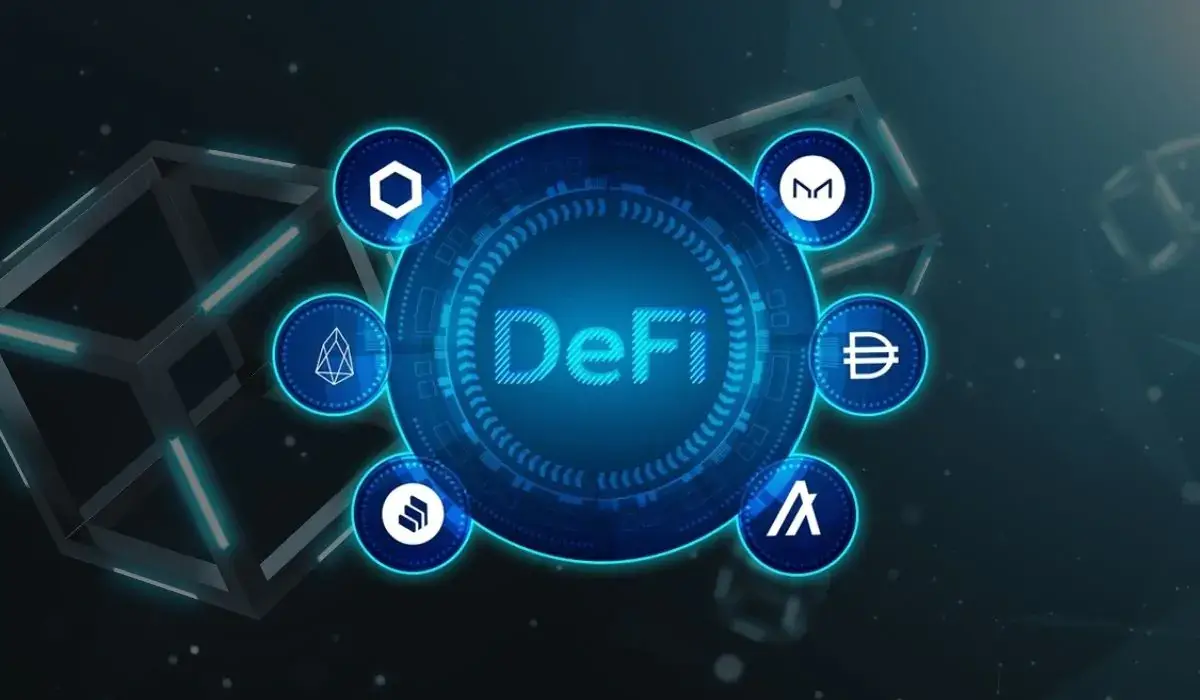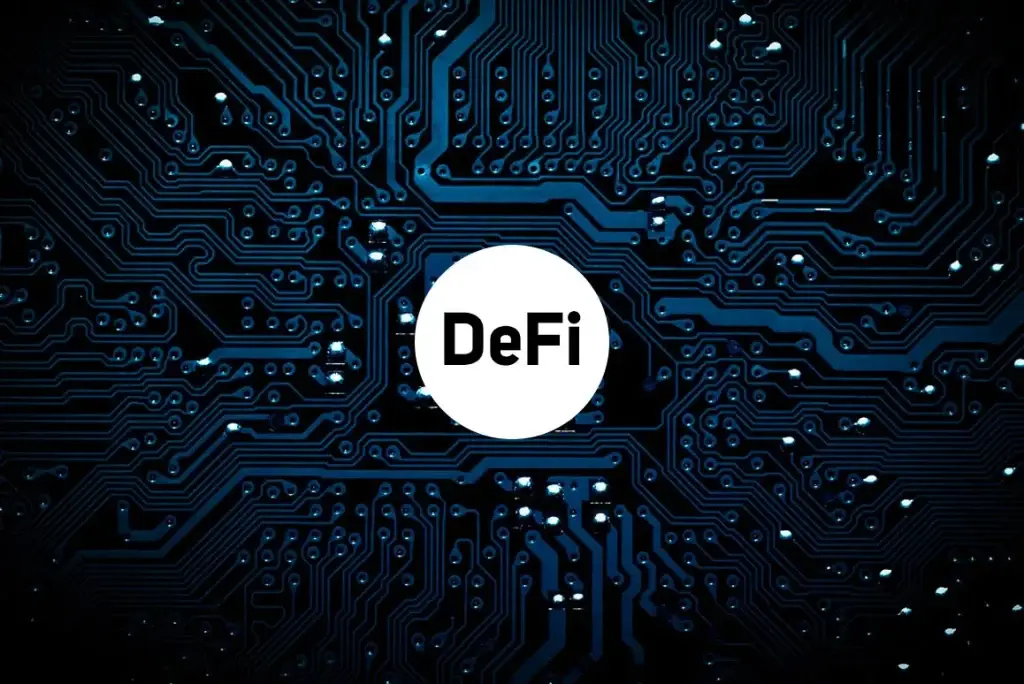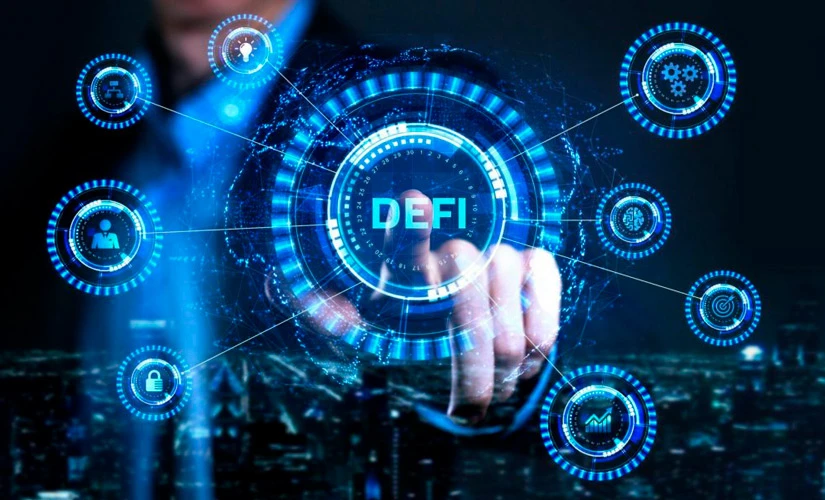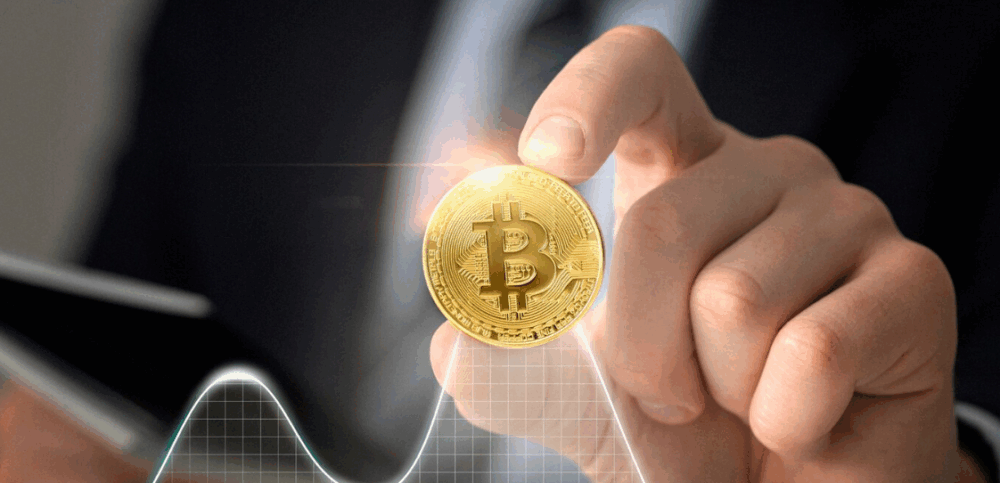The cryptocurrency market is constantly evolving: projects emerge, disappear, relaunch, and grow into infrastructure giants. Amidst these processes, Toncoin confidently maintains its position among the discussed assets. The connection with Telegram, blockchain development, and growing investor interest raise a legitimate question — is it worth buying TON now? The answer requires analysis from various perspectives: from market dynamics to technological foundation.
What Does TON Represent in 2025?
The Open Network project started as an ambitious development by Telegram but transformed into a decentralized community initiative after regulatory interventions. In 2025, the network represents a vast ecosystem with its own blockchain, smart contracts, NFTs, DeFi services, and even internal payment solutions.

The prospects of this top cryptocurrency are currently considered stable due to its close integration with Telegram — one of the most popular communication platforms globally.
Against this backdrop, the question “is it worth buying TON now” sounds particularly relevant: the technological foundation, practical applications, and support from a global messenger create a favorable environment for long-term growth.
Advantages of Toncoin as an Investment Instrument
One of the main arguments in favor of investments is fundamental support.
Investing in Toncoin is appealing not only to cryptocurrency enthusiasts but also to a broader audience unfamiliar with the terminology and technologies. Ease of transactions, minimal fees, high transaction confirmation speed — all of these create a strong technical foundation for expanding the user base.
Additionally, Telegram’s native coin actively explores the NFT market, offers solutions for decentralized finance, and launches large-scale crowdfunding projects on its platform.
Fundamental and Technical Analysis of Toncoin
Is it worth buying TON now? Asset evaluation requires two approaches — long-term and short-term. The former is based on technology analysis, team evaluation, market niche, while the latter relies on charts, levels, and volumes.
Fundamental analysis of Toncoin demonstrates the maturity of the project. The cryptocurrency from The Open Network blockchain is actively evolving, introducing new tools, and building business relationships. By 2025, the number of applications on the network exceeded 500, and the volume of locked funds in DeFi protocols reached levels comparable to early Ethereum.
Technical analysis of Toncoin in mid-2025 signals a prolonged consolidation phase after rapid growth. The price fluctuates within a range, forming stable support.
Toncoin Price Forecast for 2025: Optimistic Potential
Long-term investments in cryptocurrency always come with risks, but there are factors that can increase the likelihood of success. Among them are active integration of crypto payments in Telegram, audience expansion, and launch of new tools within the ecosystem. Analyzing the historical course of Toncoin, one can notice that periods of technological upgrades and increased user activity often accompanied price impulses, making such stages particularly important for assessing potential.
The Toncoin forecast for the end of 2025 depends on several parameters: Bitcoin dynamics, regulatory decisions, community activity. Under favorable conditions, analysts predict growth in the range of $2.20–3.00, while in a neutral scenario, stabilization around $1.40.
It is important to understand: the Toncoin price forecast for 2025 is not a guarantee of profit but a guideline. Volatility persists, and the “buy/sell and forget” strategy works only with a deep understanding of risks. In such conditions, considerations on whether to buy TON now require analysis, not emotions: from technical indicators to fundamental factors influencing the asset’s dynamics.
Key Risks and Limitations
Even with a strong ecosystem and broad support, crypto is not immune to threats. Firstly, there is competition from other platforms: Solana, Avalanche, Ethereum continue to evolve and hold significant market shares.
Secondly, cryptocurrency regulation in 2025 remains uncertain. Increased control over digital assets in the US, EU, or Asia could limit the project’s scalability. Additionally, the close connection with Telegram makes the coin vulnerable to sanctions and political risks.
Whether to invest in TON depends on the readiness to accept such challenges and manage them from the perspective of a diversified portfolio.
Why is the Coin Attractive for Long-Term Investors?
Steady audience growth, real usage scenarios, technological speed and scalability advantage — these are what make Toncoin noteworthy among altcoins.
Long-term investments in TON can yield results if the coin is viewed not as a speculative asset but as part of the infrastructure transition to Web3. The combination of a messenger and blockchain creates a rare competitive advantage capable of fundamentally changing users’ daily interactions with digital finances.
It is crucial not only to buy but also to understand how the crypto economy landscape is changing and which coins truly bring practical value. This is why the question of whether to buy TON now goes beyond short-term speculations — it requires a strategic view of digital economy development and the role the project can play in the infrastructure of the future.
What to Consider Before Buying in 2025?
The decision to invest in a digital asset requires analysis of numerous factors. Even if a project looks promising, it is essential to evaluate it not only from a marketing perspective but also in terms of real sustainability. Whether to buy TON now depends not only on the price but also on the context in which it is developing. Before forming a position, investors should examine several key parameters:
- liquidity on major exchanges and availability of the coin in popular trading pairs;
- trading volume dynamics and overall market sentiment;
- technical background: support and resistance levels on the chart;
- developer activity and network updates;
- community participation and demand for dApp projects within the blockchain;
- news and statements from Telegram regarding ecosystem development.
Each of these factors helps reduce risks and make a more informed investment decision.

Should You Buy TON Now: Conclusions
Considering the fundamental factors, ecosystem development level, and community activity, it can be affirmed that buying TON in 2025 is worthwhile. However, only with prudent risk management and understanding that cryptocurrency is a highly volatile market.
Toncoin is not a panacea, but a strong project capable of securing a stable niche among next-generation blockchain solutions.







 Before investing in DeFi, it is important to determine which blockchain the protocol you are interested in is based on. Ethereum, BNB Chain, Arbitrum, Optimism, Avalanche: each solution has its own speed, gas fees, liquidity and number of projects. On the Ethereum network, for example, the cost of a transaction can vary from £3 to £25, depending on the load. Layer-2 solutions reduce the commission to a few cents while maintaining the same level of security. The choice of network depends on the capital, the frequency of transactions and the investment objectives.
Before investing in DeFi, it is important to determine which blockchain the protocol you are interested in is based on. Ethereum, BNB Chain, Arbitrum, Optimism, Avalanche: each solution has its own speed, gas fees, liquidity and number of projects. On the Ethereum network, for example, the cost of a transaction can vary from £3 to £25, depending on the load. Layer-2 solutions reduce the commission to a few cents while maintaining the same level of security. The choice of network depends on the capital, the frequency of transactions and the investment objectives. The sector is growing. The number of unique wallets interacting with DeFi has exceeded 7 million. By 2025, solutions based on zk-Rollup, RWA platforms (tokenisation of real estate, securities) and hybrid protocols with CeFi features will appear. The development of DAO and voting based on participation in management reinforces the importance of long-term token ownership. New standards for smart contracts minimise risks. Therefore, understanding how to invest in DeFi remains an important skill for investors.
The sector is growing. The number of unique wallets interacting with DeFi has exceeded 7 million. By 2025, solutions based on zk-Rollup, RWA platforms (tokenisation of real estate, securities) and hybrid protocols with CeFi features will appear. The development of DAO and voting based on participation in management reinforces the importance of long-term token ownership. New standards for smart contracts minimise risks. Therefore, understanding how to invest in DeFi remains an important skill for investors.